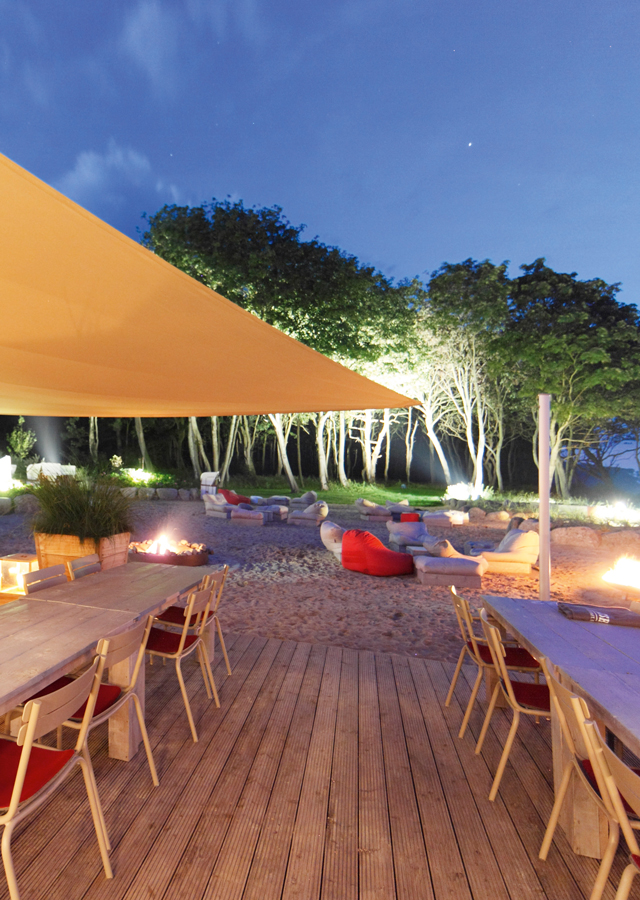
Lighting is an important aspect of interior design. Colour, structure and material generate the right atmosphere through light. Lighting planner Martin Weiser from Cologne explains why a successful lighting concept depends on three forms of light.
Hotels are often confronted with the problem that their aesthetic lighting concept is not applied in all areas. If the guest enters the hotel through the main entrance, he is usually greeted by an elaborate lighting concept which guides him to the lobby and reception. The picture is completely different for a guest arriving in the hotel’s underground car park. Contorted and only poorly illuminated levels make orientation difficult. Here, we are a long way away from a gesture of welcome.
Due to badly positioned direction signs, the search for the room is the next challenge. Unfortunately, such situations are the rule rather than the exception. So the question arises why corridors and circulation areas are treated like the secondary areas which are never accessed by hotel guests. The question of ‘why’ is all the more relevant as lighting makes a considerable contribution to a successful design and helps orientation.
The standard defines an illumination intensity of 100 lux for corridors and circulation areas, but this standard has the nature of a recommendation. Only if the areas in question are workplaces, the provision of the above-mentioned illumination intensity is requested. For this reason, lighting planning in these areas is mostly done from a technical viewpoint, with designers rarely being involved.
Planning usually resorts to recessed or surface-mounted luminaires positioned at regular intervals. These lighting fixtures project a series of arcs of light on the wall surfaces, which results in different luminance densities and a chaotic impression. Since the ceiling remains dark, this type of illumination creates a cave-like spatial impression.
Inviting, likeable rooms, on the contrary, require a qualitative lighting design which is composed of three forms of light

The colour temperature, too, has a crucial impact on the spatial appearance. Wood, fabrics and surfaces in warm colours should be illuminated with warm-white light sources, whereas a neutral white colour temperature is suitable for stone, metal or textiles and surfaces in cool colours because it supports authentic material perception.
Colour rendering, in turn, influences the effect of the colour concept. Since sunlight comprises the entire colour spectrum, it has the highest colour rendering index of Ra 100. The colour rendering index of a illuminant should at least achieve Ra 90. High-quality illuminants fulfil this requirement in any case. The lower the index value, the more the light distorts the colour effect.
Accentuated, sometimes also coloured light is used to emphasise the hotel entrance against its less illuminated surroundings. Furthermore, a perception-oriented lighting design ensures the attractive presentation of other hotel areas, which have so far received little attention in classic planning approaches.
In the corridors on the single floors, this can also be achieved with recessed wall luminaires, which evenly illuminate the floor, or with a linear lighting strip recessed into the floor. In the underground car park, highlighted or colourfully lit entrance areas as well as guiding lighting strips avoid disorientation and already generate a relaxed welcome atmosphere for arriving guests.